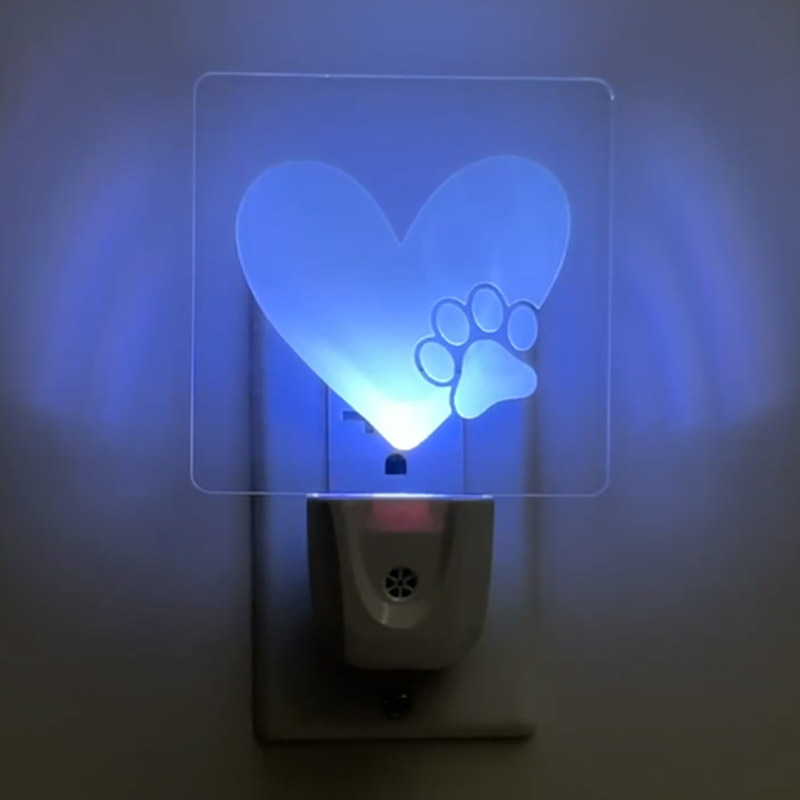In recent years, color-changing Night Lights have gained popularity as a potential aid for improving sleep quality and patterns. These innovative devices offer a variety of colors that can be adjusted to suit individual preferences and needs. This article delves into the influence of color-changing Night Lights on sleep quality and patterns, examining both scientific research and practical insights.

The Science Behind Color and Sleep
Research in the field of chronobiology has demonstrated that light, particularly its color and intensity, plays a crucial role in regulating the sleep-wake cycle. The human body's circadian rhythm, often referred to as the body clock, is sensitive to different wavelengths of light. Blue light, in particular, has been shown to suppress the production of melatonin, a hormone that regulates sleep.
Impact of Different Colors on Sleep
Color-changing Night Lights offer a spectrum of colors, each with its own unique influence on the sleep environment. Blue light, akin to natural daylight, can disrupt sleep by inhibiting melatonin production, especially when used in the evening. Conversely, warmer hues such as red, orange, and amber are believed to promote relaxation and enhance the body's natural sleep processes.
Promoting Relaxation and Melatonin Production
Studies have suggested that exposure to warmer colors in the evening can stimulate the production of melatonin, facilitating the transition to sleep. By adjusting the color of the night light to warmer tones as bedtime approaches, individuals may experience a smoother onset of sleep and improved sleep quality throughout the night.
Personalized Sleep Environments
One of the key advantages of color-changing night lights is their ability to cater to individual preferences and sensitivities. While some individuals may find soothing blue or green hues conducive to relaxation, others may prefer warmer colors for a cozier ambiance. The customizable nature of these devices allows users to create personalized sleep environments tailored to their specific needs.
Managing Circadian Rhythm Disruptions
In today's modern world, many individuals are exposed to artificial light sources, such as smartphones and computers, which emit blue light and can disrupt the body's natural circadian rhythm. Color-changing night lights offer a solution by providing an alternative light source that can be adjusted to minimize the impact of blue light exposure in the evening, thereby promoting healthier sleep patterns.
Practical Considerations and Recommendations
When incorporating color-changing night lights into a bedtime routine, several practical considerations should be taken into account. It is essential to choose a night light with adjustable color settings and dimming capabilities to ensure optimal customization and comfort. Additionally, positioning the night light strategically, such as away from direct line of sight, can prevent unwanted glare and disturbance during sleep.
Color-changing night lights have emerged as a promising tool for enhancing sleep quality and promoting healthier sleep patterns. By harnessing the influence of different colors on the sleep environment, these devices offer a versatile solution for managing circadian rhythm disruptions and creating personalized sleep environments. As our understanding of the relationship between light and sleep continues to evolve, color-changing night lights may play an increasingly integral role in optimizing sleep health and well-being.







